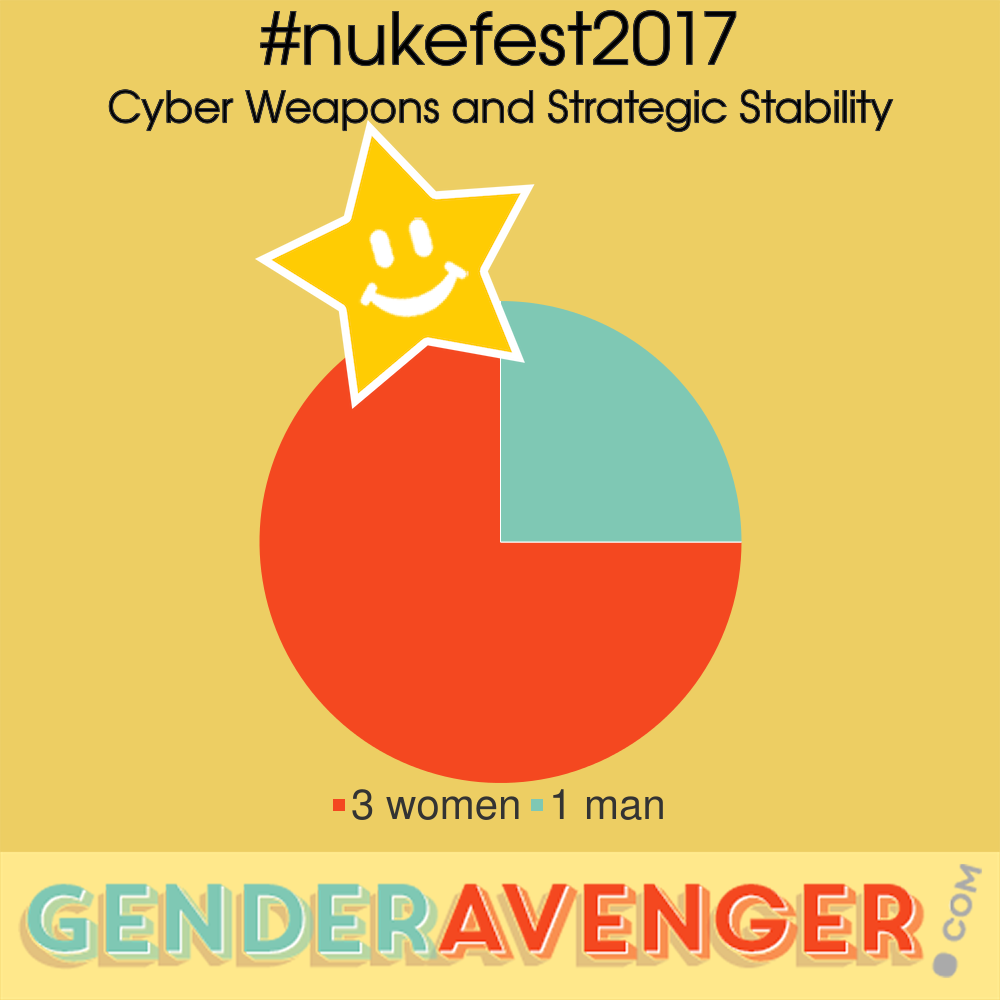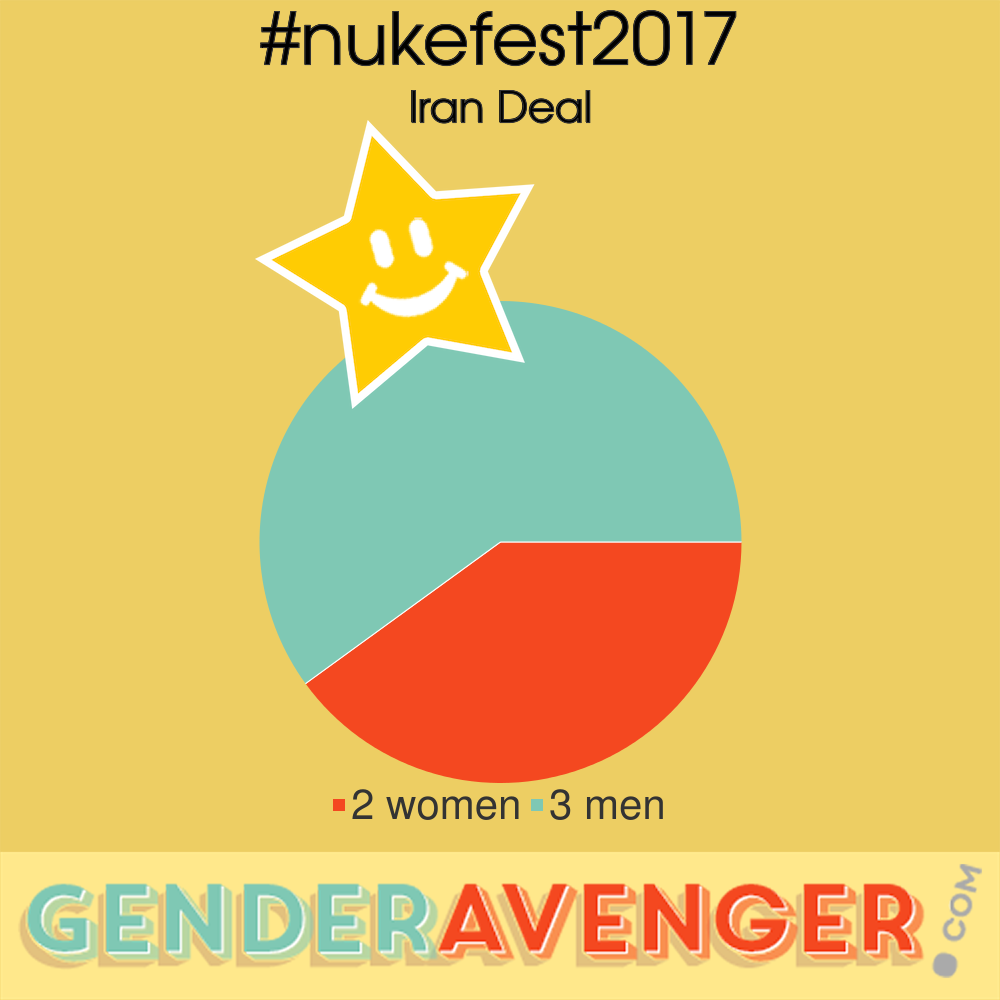1 Easy Trick to Achieve Gender Balance (Because It's Really Not That Difficult)
When GenderAvenger first heard about LAUNCH Festival, it was for not-so-good reasons. Their festival, which bills itself as the world’s largest event for start-ups, clocked in at a meager 24% women speakers. When we called them out on Twitter, we got some pushback about just "wanting to stir things up," but eventually, in 2015, we had the opportunity to sit down with the founder of LAUNCH Festival, Jason Calacanis, and talk things out. In September of 2015, LAUNCH made a public commitment to try to do better. GenderAvenger challenged them to get their speaker list up to 40% women, and they accepted.
It took a couple of years, but today we’re proud to say they made it! The 2017 speaker list for LAUNCH Festival 2017 includes 24 women out of 59 speakers, bringing them in at just over 40%.
The process of holding someone accountable, especially in the public sphere, may not be pretty, but it is effective. Turnarounds like this are precisely what the GenderAvenger theory of change is all about!
So how to replicate this success? Start early.
We talk a lot about accountability once a panel makes it onto the stage, but the most important step to create a gender-balanced panel happens long before the crowds gather and the mics get turned on. One of the most common excuses we hear when a panel or conference hasn’t made the cut is that the speaker list hasn’t been finalized yet. This happens most often after an organization has been called out, after event posters have promoted a visual of mostly men speakers, and after an organizer has begun scrambling to find women to then add to the list.
We call this playing catch-up, and it rarely works.
Organizations have to have gender balance in mind from the very first steps of the process.
It’s immensely difficult to course correct once all the moving pieces of a conference have been set into motion, but it can be done, and when it is done, it leads to remarkable and inspiring results.
Like the Carnegie International Nuclear Policy Conference, for example:
The organizers of the Carnegie International Nuclear Policy Conference held their conference a few weeks ago. They went on Twitter and publicly committed not only to keep a tally of the gender balance on their speaker list but also to publish it before and after the conference to hold themselves accountable and promote transparency in their commitment to enhance diversity at the conference. They committed to 49% women speakers and 51% men as they planned the conference. So what was the verdict after the conference?
What is most intriguing, though, is that Carnegie also provided a history of the gender balance at their conferences dating back to 2007. They were at their lowest in 2011 when only 10% of speakers were women. They hit 20% in 2013 and just under 30% in 2015. By 2017, they achieved a near perfect 50/50 split. This speaks to the value of counting and keeping record. You can’t plan for gender balance or know just how far you have to go to achieve it if you don’t keep track of your stats. Additional kudos are in order for Carnegie’s attention to another common excuse: padding your speaker ratio by including women mostly as moderators is an acceptable way to better gender balance. Carnegie provided stats for moderators specifically and came in at 47% women and 53% men. Bravo!
All this is to say, gender balance can be done. It should be done. If you’re an organizer, start planning now. If you’re on a panel, ask about gender balance early on in the process. Together, we can ensure that we will continue to see successes like LAUNCH Festival’s and make women’s voices heard, always.




